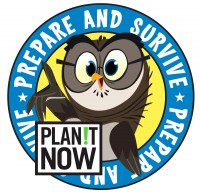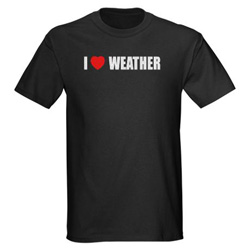by Caitlin Buzzas, AMS Policy Program
The keynote speaker for the 8th Symposium on Policy and Socio-Economic research at the AMS Annual Meeting in January will be author and journalist Jim Robbins. The Montana-based science writer for the New York Times just wrote a book on the connection between trees, forests and our atmosphere, The Man Who Planted Trees: Lost Groves, Champion Trees, and an Urgent Plan to Save the Planet.
Robbins’ talk for our meeting (Monday,7 January, 11 a.m., Room 19a) is going to span many different aspects of our annual meeting including public health, climate, and weather. The topic, “The Few Things We Know and the Many Things We Don’t about the Role of Trees and Forests on a Warmer Planet,” could be of interest to just about every topic the symposiums cover.
If you want a preview, check out his TED talk on YouTube, where Robbins’ commitment to the science of trees in climate is explained:
They say that everyone must have a child, write a book and plant a tree before they die. But for the writer and freelance journalist of the New York Times, Jim Robbins, if we just do the last part, we’d already be off to a great start. The author of “The man who planted trees” tells how he became a rooted defender when he observed the devastation of the old growth pine trees on his property in Colorado because of climate change. For him, science still hasn’t studied deep enough about these beings that filer air, stop floods, recover desert areas, purify water, block UV rays and are the basis of medicines as well as decorate the view. Much beyond shade and fresh water.
The 2013 AMS Annual Meeting actually goes a long ways toward fulfilling Robbins’ vision of discovering more about trees in our climate, with dozens of related presentations. At Monday’s poster session (2:30 p.m., Exhibit Hall 3), for example, Juliane Fry is presenting lab findings that may eventually refine regional climate mitigation policies that rely on tree plantings to produce cooling secondary aerosols. Also, as victims of fire disasters, forests feature prominently in the Weather Impacts of 2012 sessions (Tuesday, 8 January, Ballroom E). Similarly, on Wednesday (2:30 p.m., Exhibit Hall 3) Anthony Bedel will present a poster on the connection between changing climate and increasing potential for forest fires in the the Southeast, due to thriving fire fuels.
Young scientists are also following this line of work: Sunday’s Student Conference posters (5:30 p.m., Exhibit Hall 3) include a presentation by Zeyuan Chen of Stony Brook on understanding airflow in a cherry grove to better help orchard managers save their trees from bark beetles. Another student, Meredith Dahlstrom of Metropolitan State University in Colorado, presents in the same session on interannual and decadal climate mechanisms related to fluctuations in the prodigious capacities for carbon storage in the Brazilian rainforests.

